TOP 7 Dalmatian Croatian Typical Traditional Food to try on your sailing holiday
6. April, 2022
Don't miss these "Top 7 Croatian Traditional Food To Try When Sailing Croatia" while on a Sailing Vacation to Dalmatia. One of the most common questions we get when people come to Croatia for a sailing vacation is, "What are Croatian Typical Traditional Dishes, Food, and Cuisine they should try while in Croatia?"
Whether the question is directed at the charter booking office or the skipper who will accompany them on their 7–14-day sailing vacation, even at the taxi transfer driver right out of the plane and into the shuttle, that's one of the most FAQ which customers want to know. However, because of the variety of Croatian landscapes, customs, and historical influences, we could complete a whole book on typical Croatian traditional meals. But, as a result, we will stick to the Dalmatian coast and focus on the delicacies that will be accessible to you when sailing in Croatia throughout Dalmatia.
Traditional Dalmatian Croatian Cuisine and Food
1.) Pag Cheese - (With smoked Prshuto Ham)
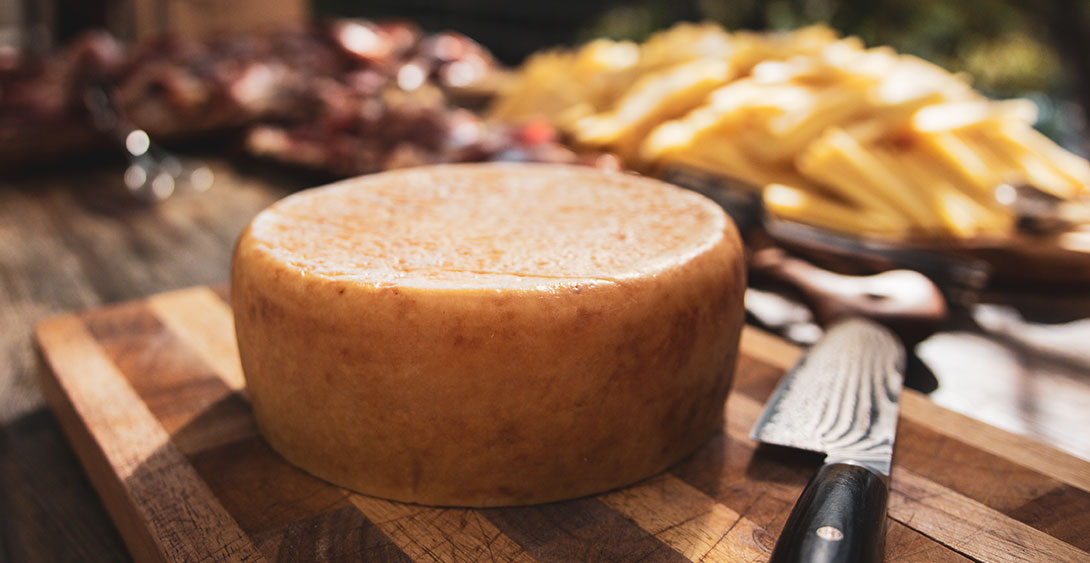
A cold dish of smoked prosciutto ham and island Pag cheese is the most popular appetizer in Dalmatia. ' Dalmatian ham that has been smoked and cured in the open air is known as pršut (prshut, similar to Italian prosciutto). When it comes to cheese, sheep milk is frequently used to produce Pag cheese. The marinated olives that accompany this dish are also a common addition. Restaurant proprietors often mention domestic ham, cheese, and olives.
Salty grass grows on Pag Island thanks to the Bura wind, which brings the salty air, and the island's unique vegetation yields milk with a distinctive taste. Sheep from island Pag graze the salty grass. For hundreds of years, this region has produced sheep's cheese.
Several generations of experience make each of the feature reels you see on display in the store or on tables in the street. It takes up to 18 months to mature. After that, it has a salty, fragrant texture, and it is aromatic like Italian Parmegiano cheese. As a customary introduction to the smoked prsuto ham and olives, paski sir (Pag cheese) is available in grocery shops and restaurants.
2.) Fish Grilled With Mangel (Blitva)
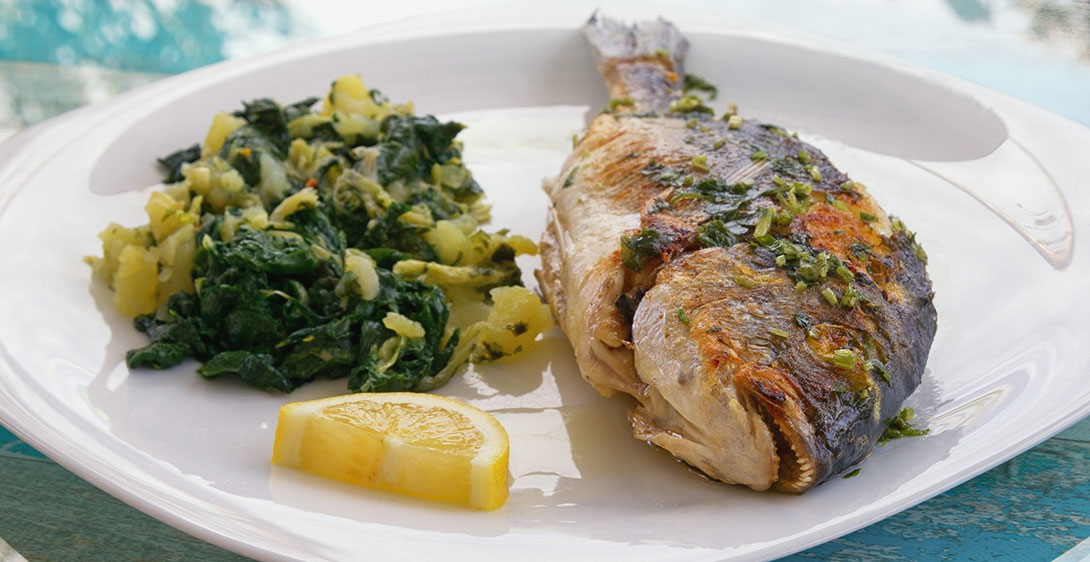
The typical main course is grilled fish, like gilt-head (sea) bream, sea bass, or exclusive dentex, or the more economical variant grilled squids, as wild fish become surprisingly expensive in restaurants. Cooking fresh fish over the heat of old dried vine wood, olive, or Dalmatia pine trees is the best possible way to prepare, grill and eat. Grilled fish is the centrepiece of your sailing vacation dinner, grilled and seasoned with a few drops of fresh lemon juice and virgin olive oil. It is important to remember that a fish swims three times in its life: in the sea (before it's caught), in olive oil (when served and prepared), and in wine (when eaten in your belly)! Dalmatian cuisine shares many parallels with other Mediterranean cuisines such as Italian, French, Spanish, and Greek. It's impossible to describe Dalmatian cuisine without bringing up the topic of fish. Most Croatian restaurants and taverns serve "the day's catch" in their coastal and island locations. In most circumstances, you are close to getting fish that has been swimming in the sea until the very sunrise before you have visited the restaurant.
Restaurant owners who are also chefs are more likely to refuse to offer you something they aren't proud of. Therefore, we require your full attention at this time. A Dalmatian restaurant's staff is your best source of information on what's on the menu. Those who work there are primarily members of the business's family group, which is critical for various reasons. First of all, you'll receive superior service if you've built a connection with the host. Because most restaurants and taverns are managed and owned by families, you will be treated as if you were a guest in their house. Second, you'll also learn about the day's catch from the host throughout your talk, and they will give you the special, regardless of the menu.
3.) Dalmatian PEKA
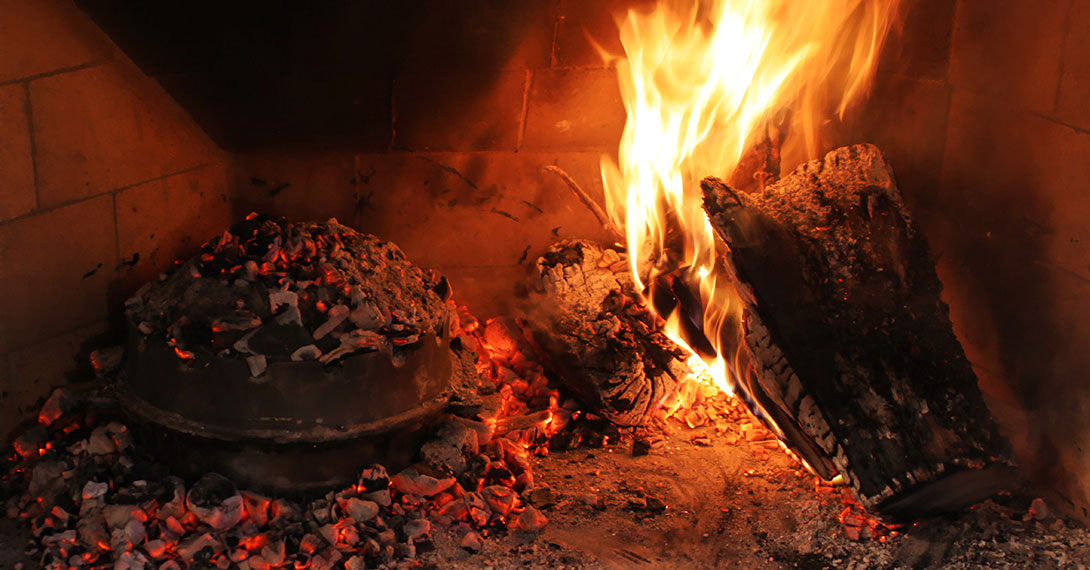
Cooking under the STEEL BELL termed Peka is arguably one of the oldest food preparation methods in the Adriatic (and even the Mediterranean) region. The dish would be cooked in its juices beneath this bell, topped with hot coals (at very high temperatures). Peka's remains were discovered in Bronze Age layers, according to certain archaeological studies. In ancient days, the bell was made of clay, similar to a Moroccan tajine, but today's Peka is constructed of steel. Dalmatia's Peka style is as authentic as Macedonia's, Bosnia and Herzegovina's, or even Morocco's. It may be found all around Dalmatia and other Croatian areas, such as Istria or Dalmatia's backdrops. Meat or fish may be used to produce Peka specialities. If you like meat, the lamb or veal bites are lovely. Several experts recommend a blend of these two methods in Peka.
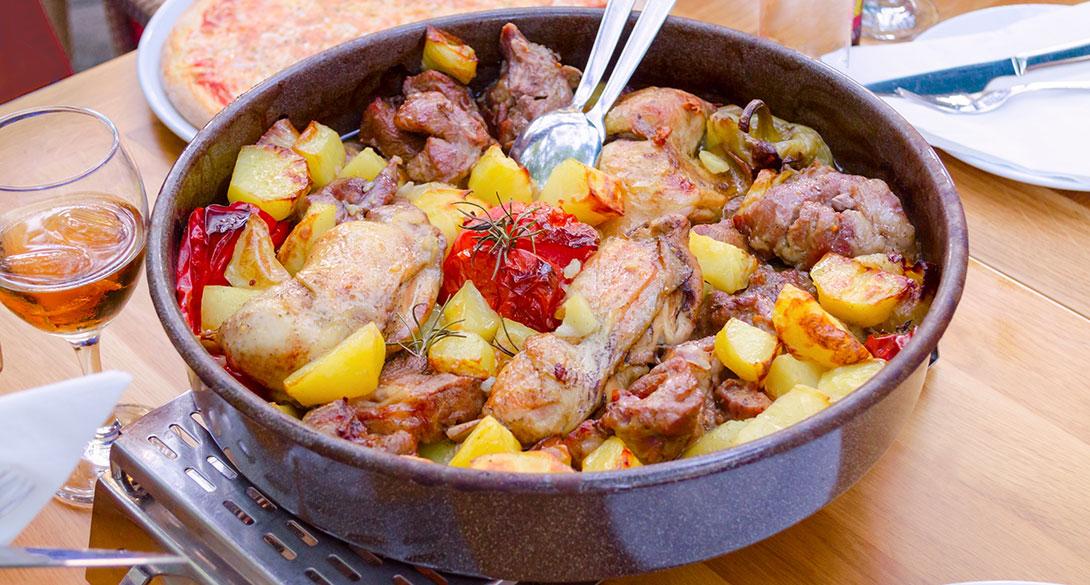
Seafood Peka in most cases refers to octopus.
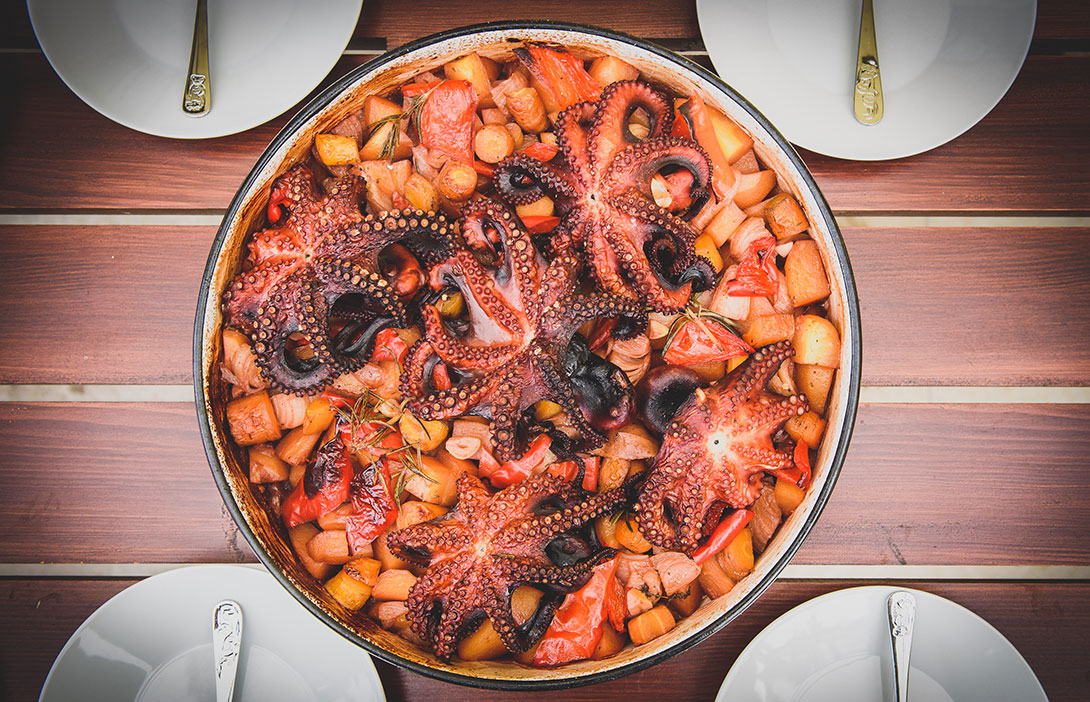
Meat and Seafood Peka are always made with potatoes and veggies within the bell; thus, no side dish is needed. Nonetheless, you'll want to have some handmade bread and dalmatian wine to accompany your meal. During your sailing vacations on the Adriatic, you won't have to worry about obtaining such an offer. Every good skipper is familiar with all of the Peka masters on the shore and the islands. However, you should remember that preparing a Peka takes a few hours, so let your skipper know ahead of time if you intend to partake because Peka isn't made instantly or for one person only. When it comes to wine, the amount is up to the person, but the size of Peka is three and above.
4.) Dalmatian black risotto: Crni rizot
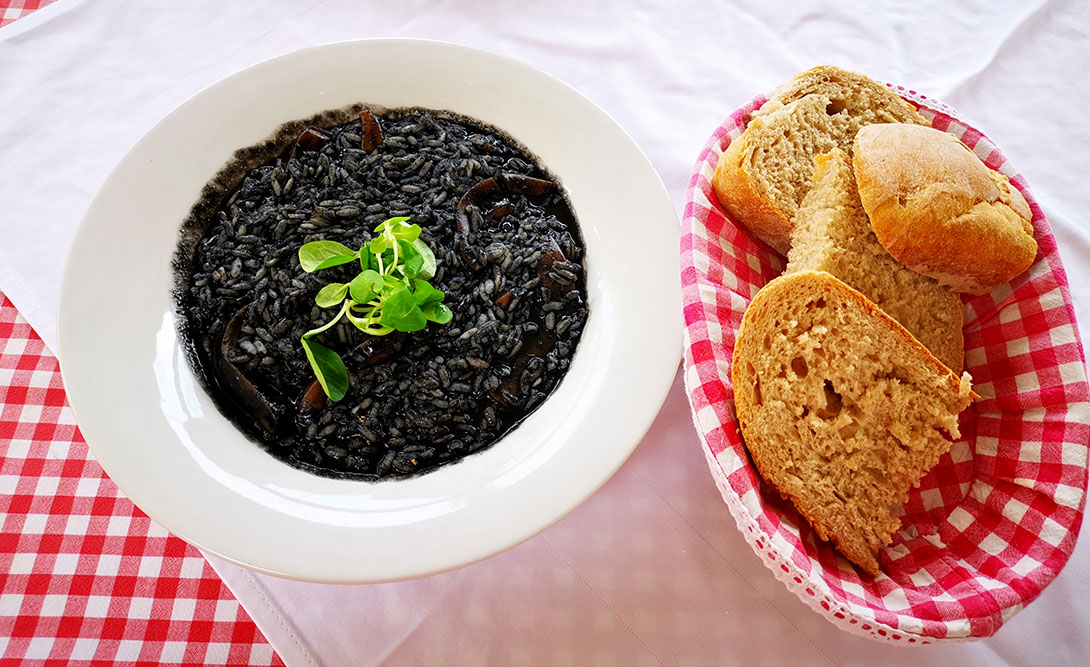
This dish is fresh from the Adriatic Sea, and it's a great treat. 'Black risotto,' a staple on Dalmatian menus, is tastier than it appears. While squid ink and other seafood provide a distinctive hue and flavour, the meaty components of fish make it so delicious. Keep this in mind if you plan on making any jokes or laughing throughout this dinner, your teeth and tongue will turn black. Crni rizot (Black risotto) is commonly made and cooked that day. It'll be ready faster than something that has to be cooked on the grill. When people see a risotto platter, almost everyone knows what it is. All along the Croatian coast, black risotto is a delicacy. Because of its distinctive black hue, it is given this name. Cuttlefish risotto gets its name from the black ink of the cuttlefish, which is the major component of this delectable feast.
5.) The Dalmatian Pašticada
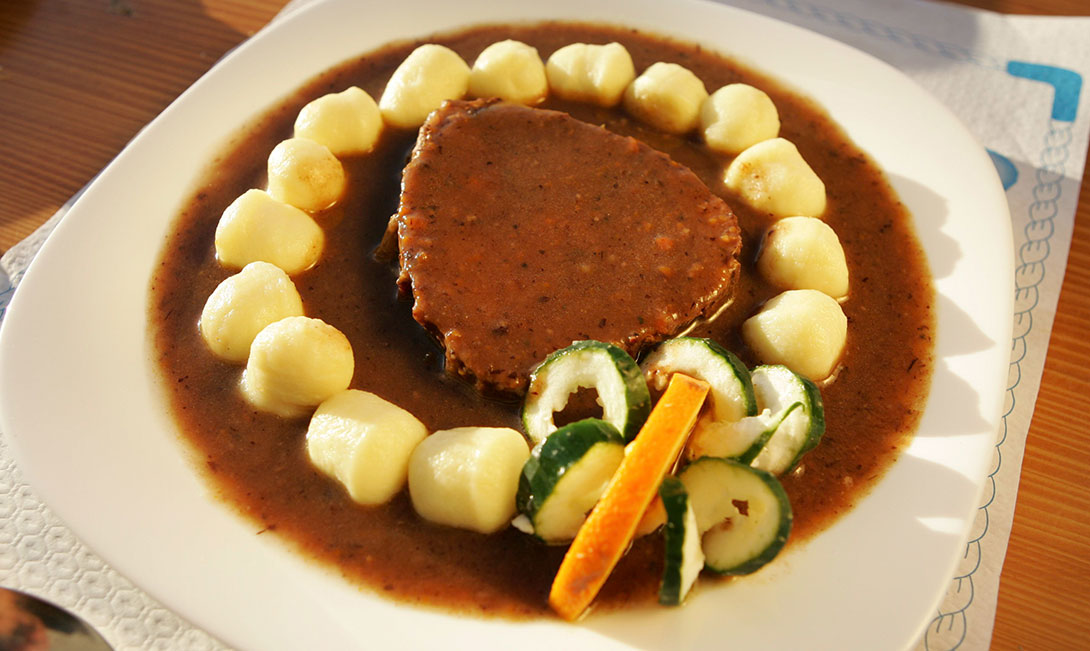
Many individuals view food as more than just a source of energy. While sailing the Adriatic is your primary objective, the cuisine is an inescapable part of the experience. Everything on konoba menus is original and authentic. The Dalmatian pasticada is one of them. We're talking about a meal reserved just for special events, like weddings or holidays like Christmas. It's difficult to explain how Dalmatian pasticada is made since there are many different ways to make it, as there are Dalmatian grandmothers. Every chef has a unique way of making this delicacy. Still, the standard method of making it is the beef silverside part used in Dalmatian pasticada is marinated in a vinegar-and-wine mixture with onions and herbs. The more time spent marinating the meat, the more flavourful and softer it becomes. After marinating for two days, Bacon, garlic, and carrots are added to the flesh. That's going to give the pasticada a little extra flavour. Before simmering for hours, the meat must be gently browned on both sides, then covered in a rich and delectable sauce.
The origins of this delicacy may be traced back to the Greek and Roman eras. Throughout Dalmatia's long history, it has evolved and improved. It's now a source of pride for every cook, and the recipe is treasured as a family heritage. If you're planning a sailing vacation in Dalmatia, don't leave without trying pasticada first. It is traditionally served with Gnocchi made from potatoes (pasticada s njokima). The potatoes are peeled and puréed while still hot to make Gnocchi, a traditional Italian dish.
6.) Roasted Lamb on the Spit
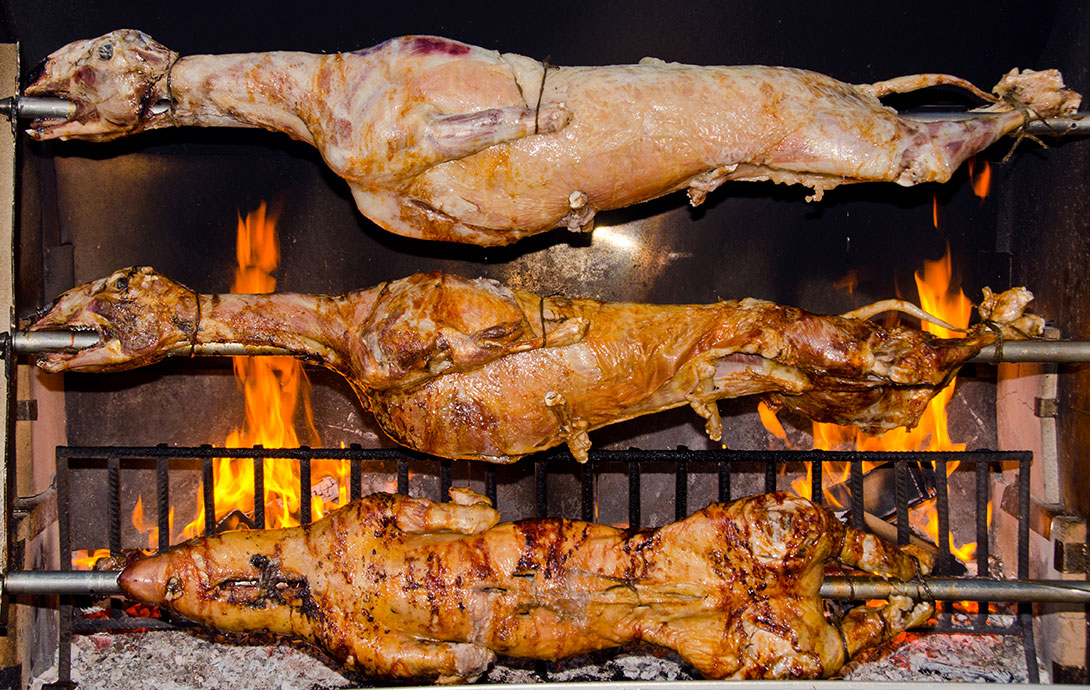
Maybe the most popular main dish in Dalmatian cuisine is roasted lamb. Spit roasting of lamb is known as "Janje na raznju" in Croatian.
But, first, we'd like to explain the origin of our region's name, "Dalmatia". What exactly does the name Dalmatia imply, and where does it originate from? "Dalmatae" was the name given to the territory by the Romans after they conquered it in 10 AD. As part of the Illyrian Kingdom before annexation, Dalmatae used the term Dalmatia in an unofficial capacity for more than a century. "Dalmatae" is most likely an Illyrian term for sheep. According to popular belief, the people here were named after shepherds.
So, you may hear the tastiest lambs are on the Croatian islands of Cres and Pag, thanks to the type of grass they eat. The island of Pag and the Kornati islands are generally considered the most fantastic places to get Croatian lamb. Aromatic plants and sea salt in the pasture are the possible reasons. However, there is a unique place in Dalmatian cuisine for the Pramenka sheep breed, which was bred in the region's fragrant Mediterranean hinterlands and is now revered as a culinary icon in Zadar and Sibenik area as well as the rest of Dalmatia, despite the fact that Pramenka is the same breed of sheep.
Because of the Mediterranean herbage found in Dalmatia, scientists have discovered that a distinct breed of sheep was created, which varies from its mainland counterparts in terms of smell, flavour, and meat texture. The Zadar hinterland alone has around 3,500 plant species, with roughly 7% unique or indigenous. Lamb from Croatia's coastal regions and islands is tastier and more flavourful than lamb from other areas. Smaller and slimmer, even the sheep themselves are a little different here. Adding sea salt, a delicacy for sheep, to the sea salt transported by gale-force wind bura might explain why Dalmatian lamb meat is distinct from other lambs. The most important part of this dish is when a young sheep's flesh is at its most flavourful:
- When it is several months old.
- When it has been weaned from its mother's milk.
- When it has been given an assortment of Dalmatian pasture herbs.
With just one seasoning (salt) added before roasting, Dalmatian lamb is prepared in the most basic manner and cooked on the spit over an open fire. As a result of its widespread popularity, it has become an essential part of weddings and other ceremonial dinners, especially on religious occasions. A lamb weighing around 10 kilos is the ideal weight for spit roasting. More significant than that, the flesh is no longer a lamb but rather an ordinary sheep, and it loses most of its flavour and has an awful odour. Nevertheless, Croatians are known for their love of lamb. One account claims that the lamb has been a delicacy in this area for about eight thousand years!
7.) Fritule - Little boozy doughnuts
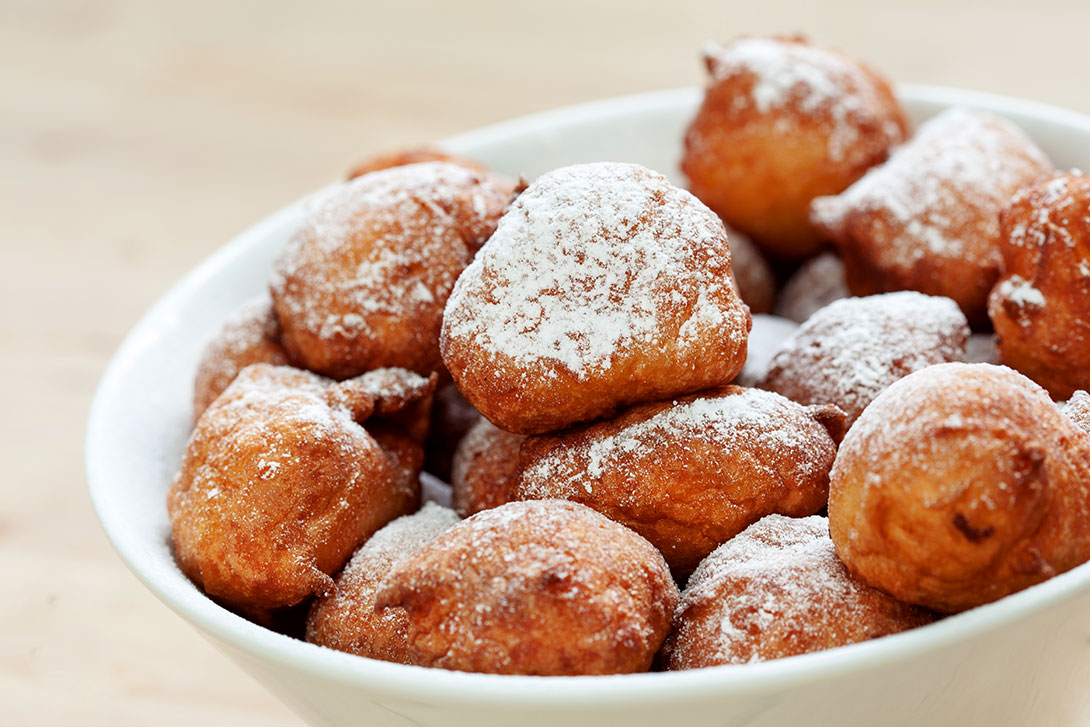
Hundreds of years ago, these small doughnuts sailed from Venice across the Adriatic Sea. They did, however, spread out throughout the Croatian coastline quite quickly. We now consume them all around the country, especially during Christmas. The aroma of the citrus-spiced dough sizzling in the oil is provocative. It's very uncommon for neighbours to come knocking on your door and youngsters to wait in line to collect their share. Everyone has their unique way of making this Croatian sweet. Yeasted dough is widespread, although a thicker batter is also famous. Citrus zest and grated apple or raisin add a fruitier note and a seductive addition. The last kick is generally a fragrant liqueur or similar: rum or grappa. It's not that important if people have different tastes. It's time to channel your inner fritule. These fried pastries are commonly found along the Adriatic coast.
It's common to see them offered year-round on the Croatian shore, where they're served at traditional food festivals, and in the streets of Dalmatian villages, where the walls of an ancient era surround them.
Charter Offers
Working Hours:
Mon - Fri 08:00h - 16:00h
For any questions
Kraljice Jelene 3, 23210 Biograd n/M
Croatia
VAT ID: 20598733460
ID: HR-AB-23-060130534, MB: 0650676



